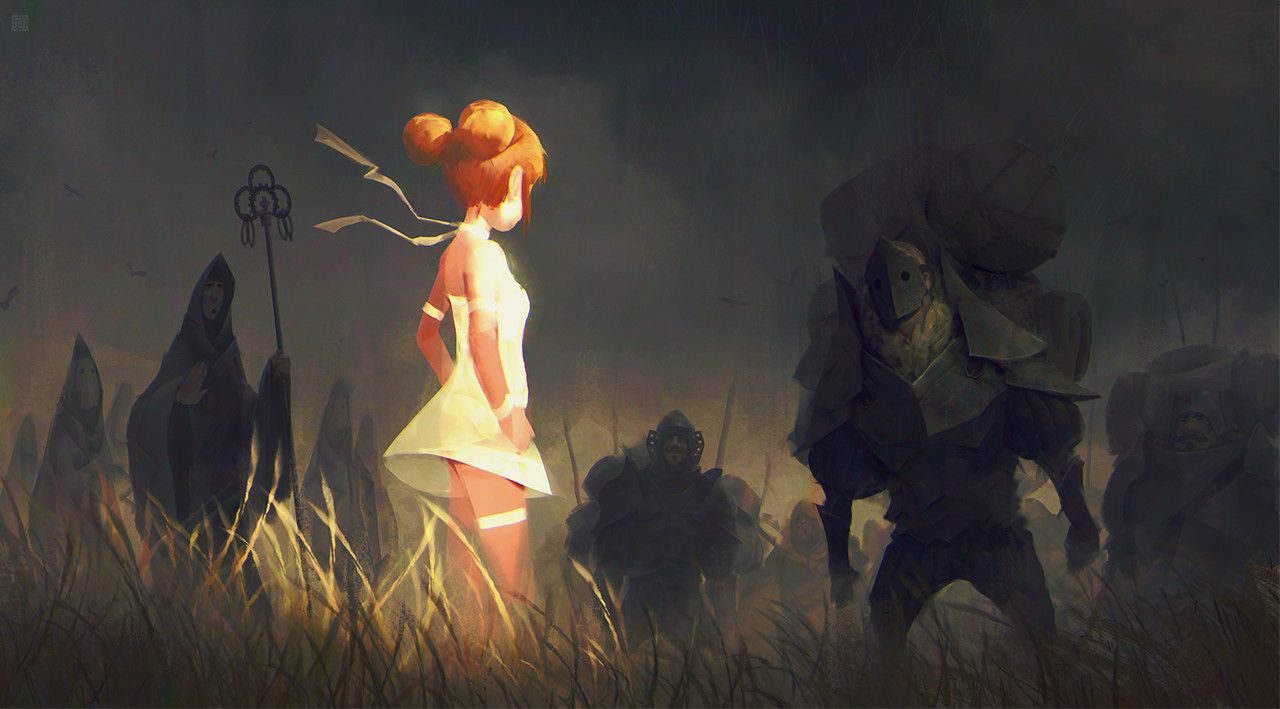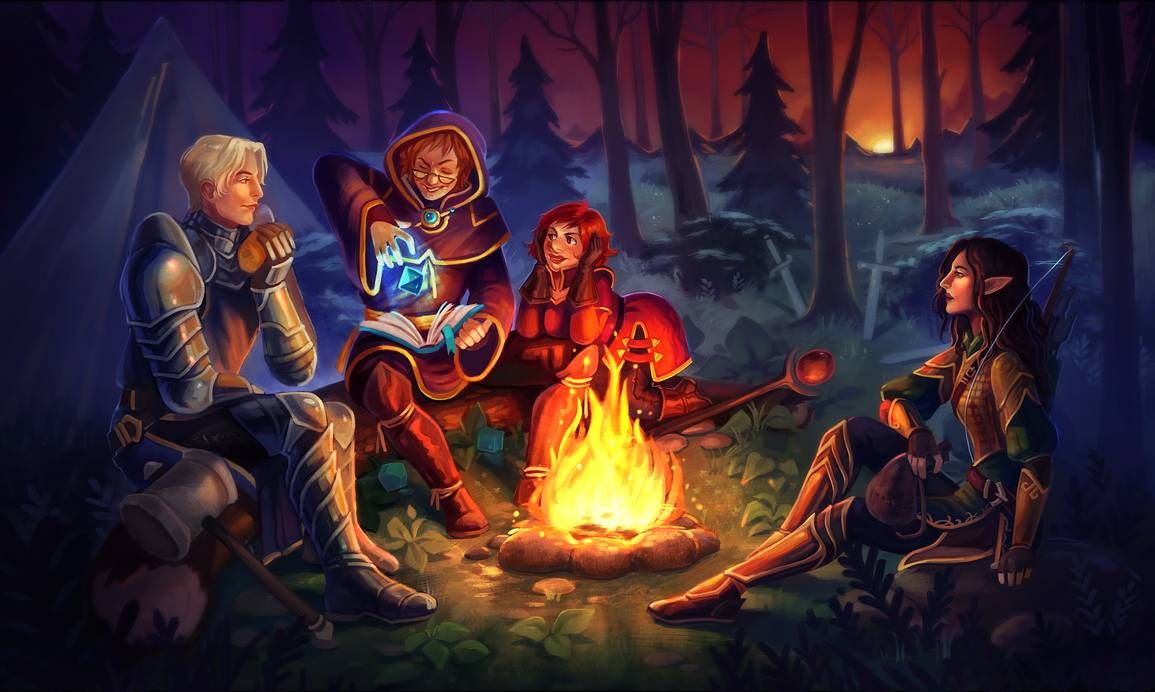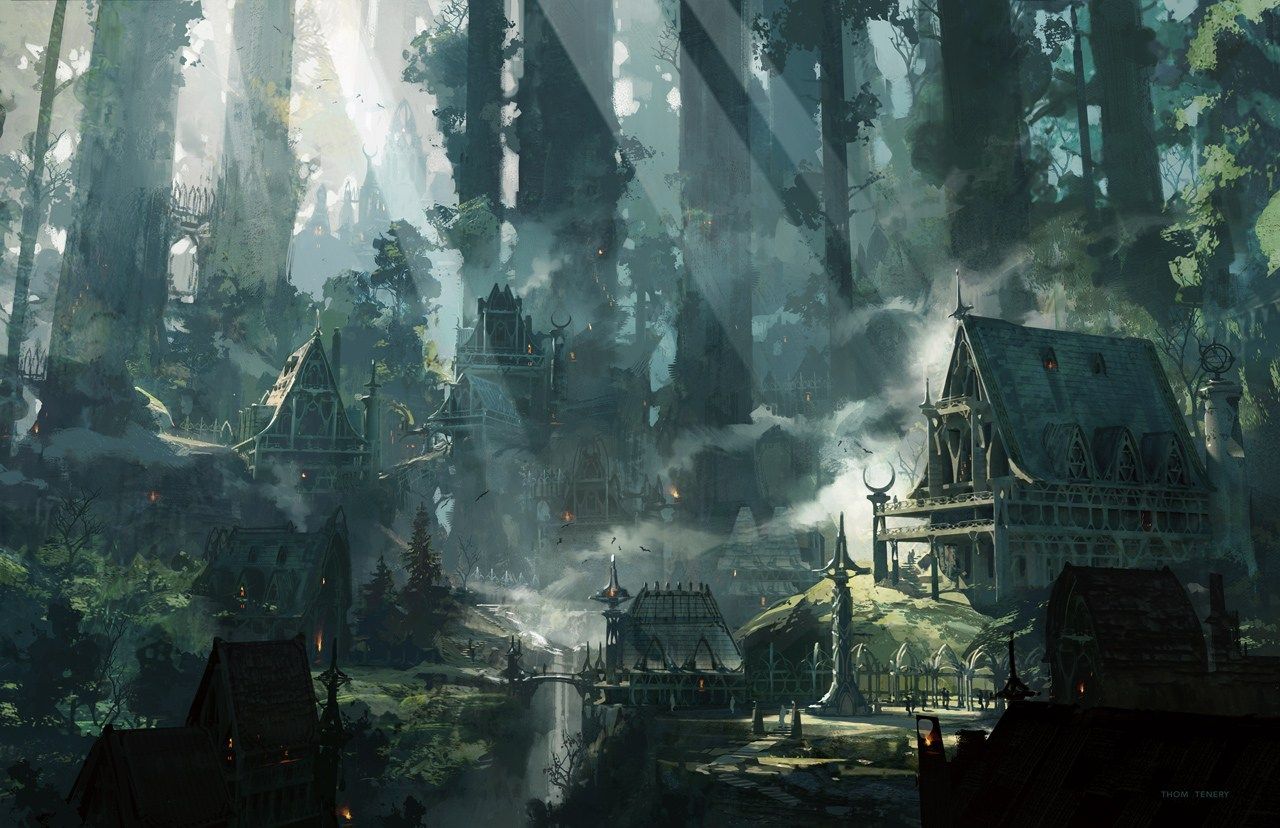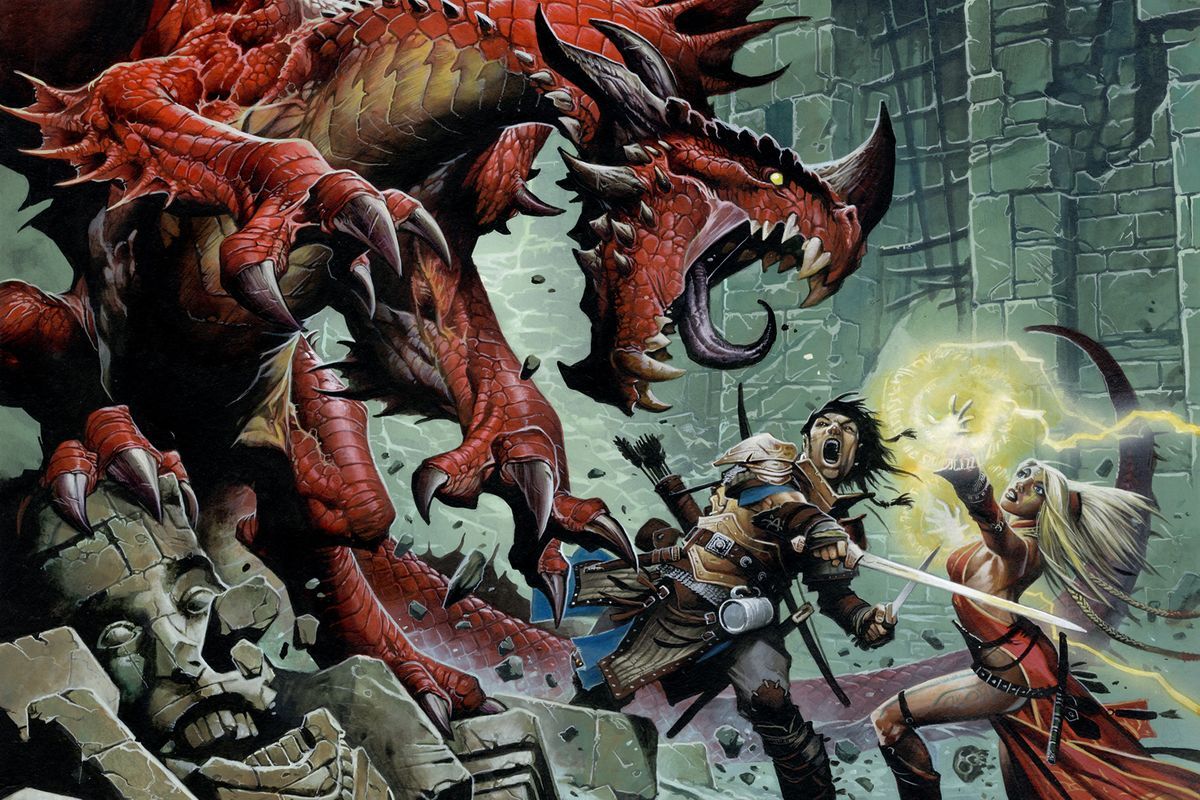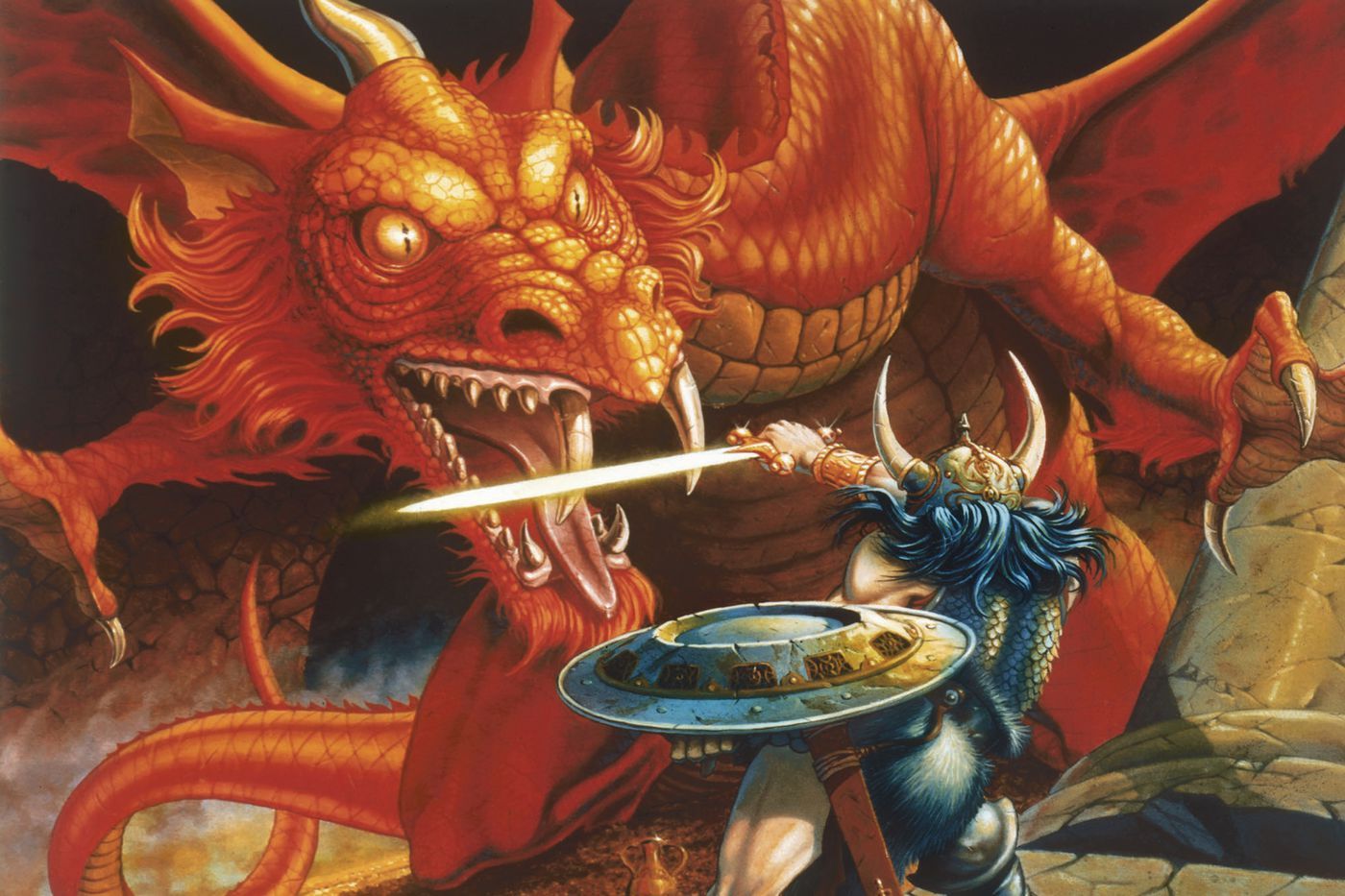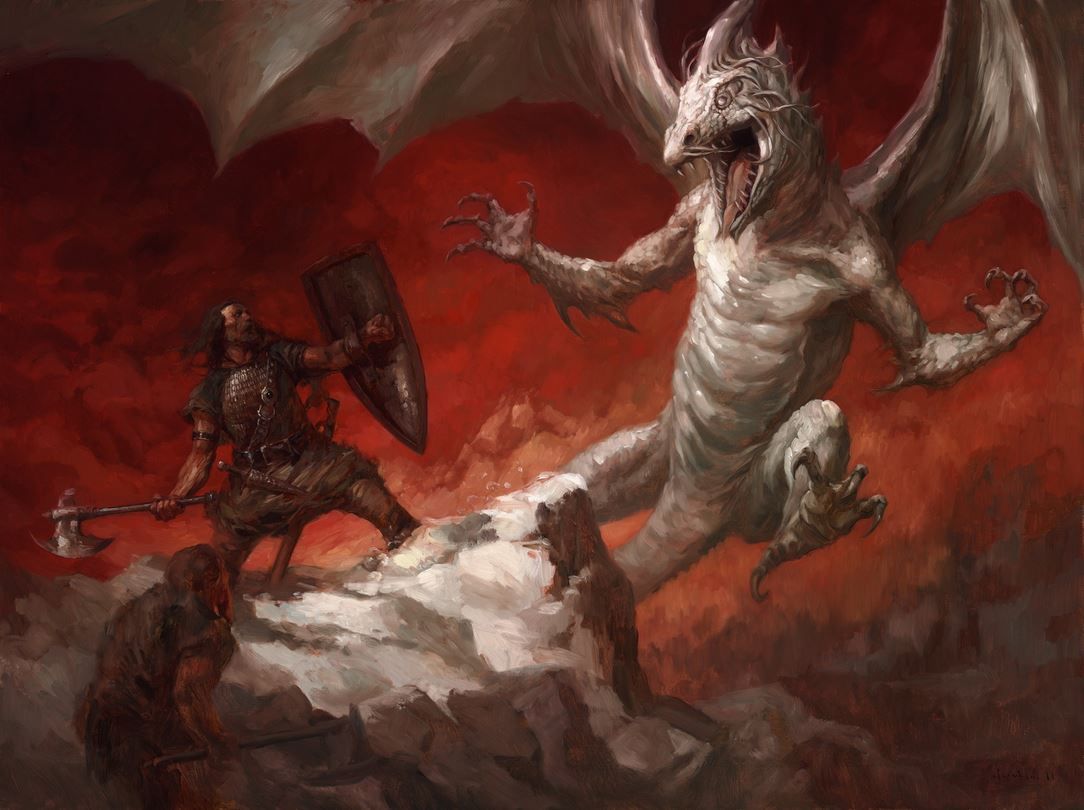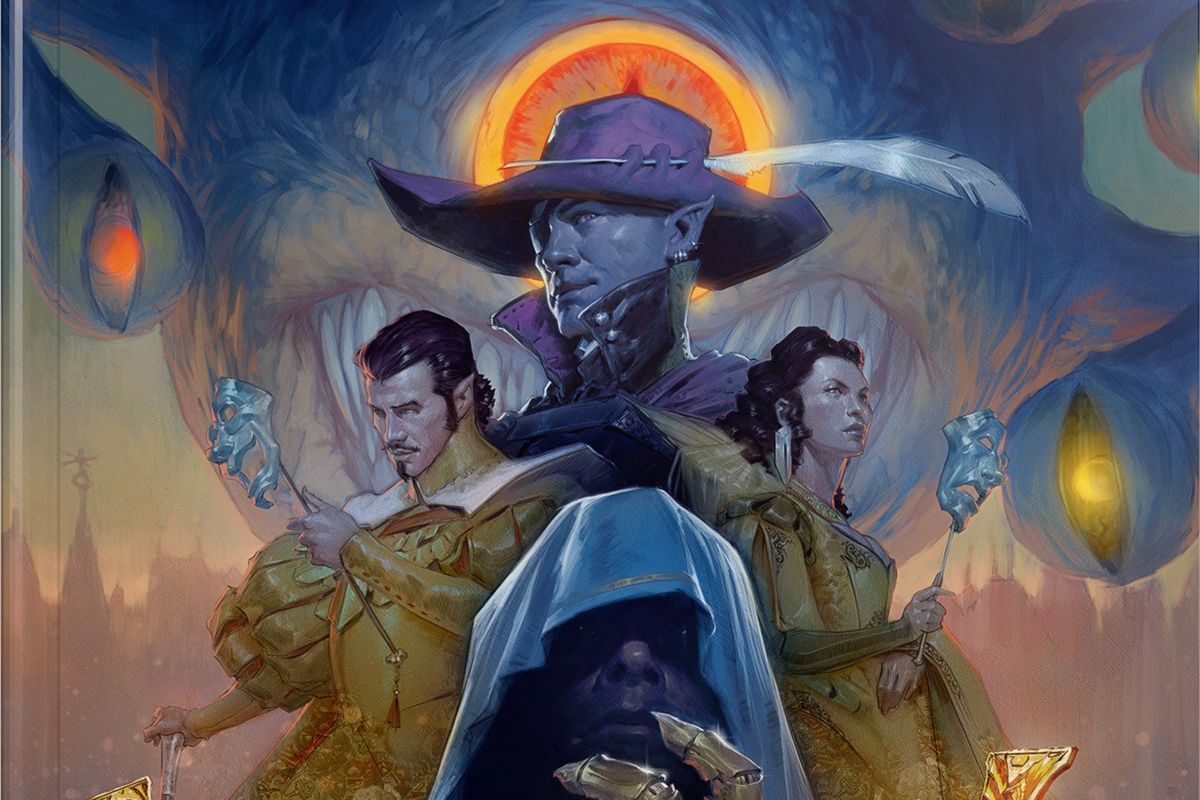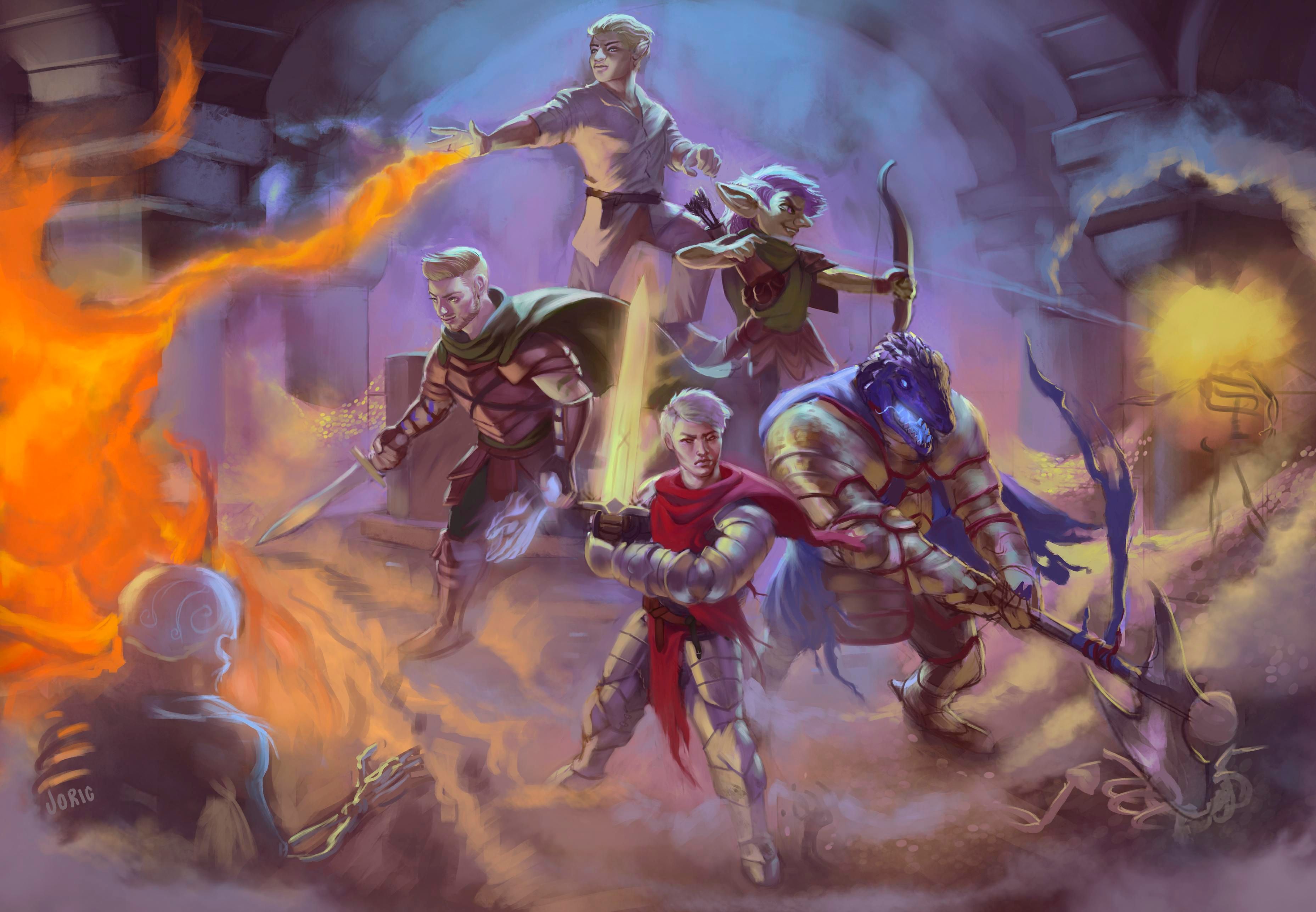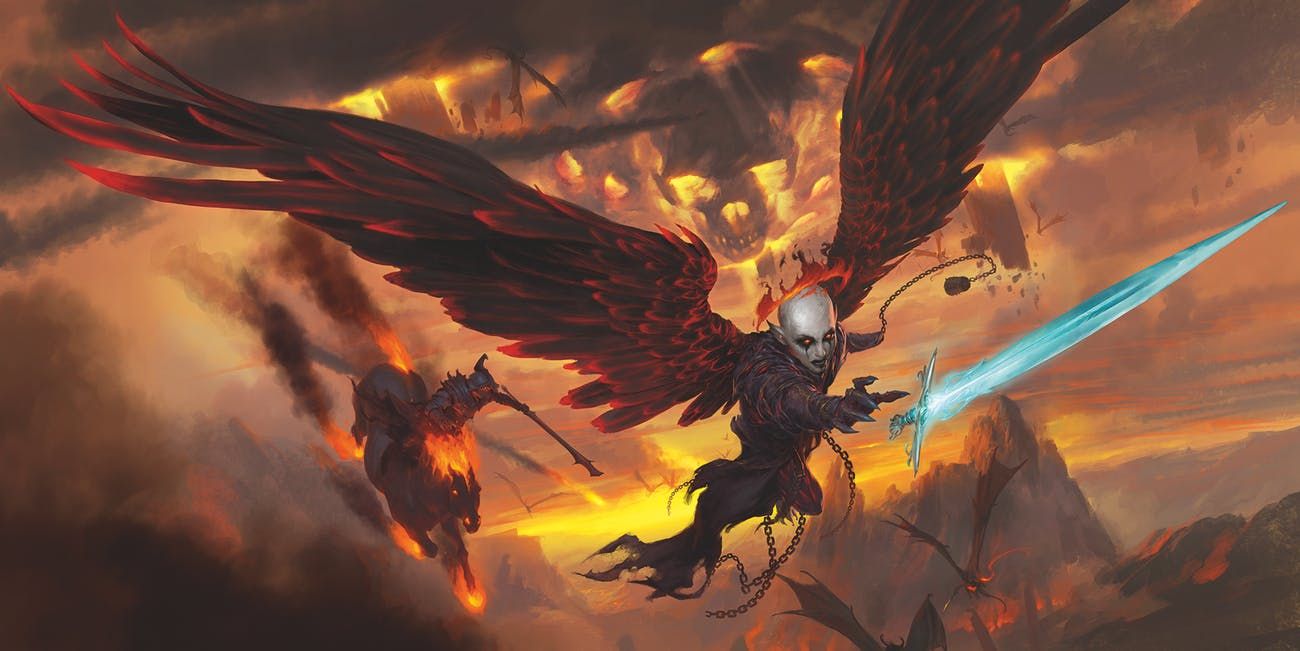Dungeons and Dragons has been around for decades. Having been created in 1972, the game was around for 21 years before the Internet and its boundless resources were available to the public.
A game made to be played with a board, dice, pen, and paper might not seem compatible with the Internet, but Wizards of the Coast wanted to make it another vital tool in the average players and Dungeon Master’s kit. Enter D&D Beyond in 2017. This website is meant to be a must-have companion for players and here are ten things that you might not know about it.
When you start up your free D&D Beyond account, you are given six slots to create and save characters. The website can be open in multiple tabs so if your Dungeon Master it's easy to have multiple character sheets up at once for easy reference.
Or, as a player, you can use these slots to play around and experiment. We’ll talk about the creation process itself in the next section, but these multiple slots allow you to hold onto back-up characters, and constantly adjust and play with experimental concepts. In fact, you could even use one of your slots to plan out your current character's path as you level and become stronger.
9 Character Creation Options
The options provided to you during character creation are both sprawling and limited at the same time. For starters, you can build a character with classes and races that are still playtesting if the website makes them available. It also includes content from the famed podcast Critical Role in the form of the Blood Hunter class. This class is fun and fascinating to explore.
In addition, you have access to nearly every race that's currently available in the game at this moment, even if you haven’t purchased the book it came from. Some of the spells from the supplement books are available as well. Better still, if you’re feeling like taking a walk on the wild side, there is a fantasy name generator and an option to spawn a completely random character.
8 Compendium of Monsters
Included in the files of D&D Beyond is a full compendium of monsters that are currently in the 5th edition. Descriptions, stat blocks, and pictures are included in each entry. This is a useful tool for Dungeon Masters and players alike.
Players can browse basic beasts and small foes to pick their Wild Shape abilities if they are a Druid, or perhaps an animal companion or familiar in the cases of Rangers, Wizards, and Warlocks. Meanwhile, Dungeon Masters have an easy, portable Monster Manual at their disposal to quickly identify monsters for encounters, mounts, and any other purposes they might have.
7 Catalog of Items
Much like the monster compendium, D&D Beyond has a nearly complete catalog of items of all varieties; Common, uncommon, rare, wondrous, and legendary. Many of these entries have specific pictures to accompany them but many of them simply have a generic picture to match that particular category of item.
Players can examine this list on their own to decide things they wish to buy in town or to pick items they want to start out with at the beginning of character creation. Dungeon Masters, of course, can get enormous use out of this resource; stocking shops, choosing loot to dole out to characters, and even picking powerful relics to make story points.
6 Homebrew Creator
For both players and Dungeon Masters, D&D Beyond has templates for creating your very own races, items, spells, and monsters in a practice known as Homebrewing. These templates help you format the description and effects of your creations in the same way official content is for easy use.
In addition, you can choose to make your creations public so the whole world can see your handiwork and maybe use it in their own games. You can scroll for hours and look at the creations of others for inspiration or use the templates to give your campaign your own unique flair.
5 Encounter Builder
D&D Beyond has a host of tools specifically meant for Dungeon Masters and this is one of them. This is actually a new feature that is still in alpha and beta testing. Unfortunately, you’ll have to get a subscription to access this feature but a monthly subscription is as cheap as $3 bucks a month or you can get the premium package for $6 bucks.
The encounter builder could be well worth the money. It allows you to put the character sheets of your players in, provides several filters for level, difficulty, and even terrain to help you build the perfect encounter for your party at the exact difficulty that you want it with the right monsters for the job.
4 All Books and Materials Available
Supplement and adventure books for Dungeons and Dragons are quite an investment. They cost anywhere between $30 to $50 dollars each depending on where you get them and whether or not they’re on sale. In addition, when you bring all of these books together, they take up a lot of space, are a pain to lug around and constantly flipping through them and trying to remember what is in each book can bog down a game.
All materials and books are available for purchase online through D&D Beyond. This eliminates the need to carry around heavy books and endless page-turning. In addition, with a subscription, you can share your purchases with other people in your game.
3 Buy Material In Pieces
Another perk to buying your Dungeons and Dragons materials online is that D&D Beyond allows you to purchase pieces of different materials. This way if you only want the spells, races, classes, monsters, or items from one of the supplements, you don’t have to spend the entire $30 to $50 dollars on the whole book.
You can buy these categories in a bundle, or you could even buy individual things such as one item or a single spell that you’re interested in. This is a convenient and cheaper option for players and DMs that are on a budget or simply don’t want to pay for an entire book to just get one or two things from it.
2 Interactive Character Sheets
Since Dungeons and Dragons’ conception, it's been a game played with paper and pencil. A player’s character sheet would be grayed and marred with the constant writing and erasing of health, experience points, loot, abilities, and all of the other important information that's recorded on that all-important piece of paper.
Paper though can be lost and damaged. That's why there is a distinct advantage to utilizing the character sheets on D&D Beyond. They are highly interactive and allow you to easily level up, adjust health, keep track of spell slots and abilities. It sorts the myriad of information that goes on character sheets efficiently and the tabs are easy to navigate.
1 The Latest D&D News
Last but not least, D&D Beyond is also one of the best places to get the latest in Dungeons and Dragons news. There are articles published constantly about upcoming books, the latest episodes of the famous podcast Critical Role, as well as pieces that give tips about how to play the game.
There are also writings that give insight into the various lore of the sprawling worlds of Dungeons and Dragons. All of these articles are free to read whether you have an account or not, so even if you don’t want any of the other benefits on this list, you can still enjoy the wealth of knowledge and fun covered in the news.

